For the last week or two our local hedgerows have been at their best. With, in places, masses of wild roses, honeysuckle and elder much now giving way to bramble flowers.
Summer flowers and grasses flourish along the hedge bottoms. One of the most characteristic grasses is false oat-grass (Arrhenatherum elatius) with its elegantly arching silvery flowering spikes.
Another silver surprise was a blackthorn (below) with silver leaves rather than the normal green as on the right of the picture. This is, I believe, a condition known as 'false silver-leaf'. Leaves also turn silver if the shrub is attacked by a fungus Chondrostereum purpureum but this kills the plant or the affected branches and this particular blackthorn seems perfectly healthy (although the false silver-leaf is caused by one kind of stress of another).
Hedge woundwort also seems to be doing well this year.
Anne Pratt (1852) remarks on the wooly properties of the plant and adds "one species of wild bee, which dwells in the cavities of trees, is skilled in using it. Kirby and Spence remark of this little creature, that it knew what materials would slowly conduct heat, long before Count Rumford's experiments had been made; and it attacks the leaves of Wooly Woundwort (Stachys lanata), the Rose Campion and similar plants, and scraping hence the down with its forelegs, rolls it into a little ball, and sticking it on the plaister which covers the cells, renders them impervious to every change of temperature; so that, say these writers, 'this bee may be said to exercise the trade of a clothier.' "
The bee in question is the wool carder-bee (Anthidium manicatum) and is particularly common in our garden where it shows a strong liking for flowers of houseleeks (Sempervivum spp.)
With us it mainly uses Stachys lanata to make its wool balls (see below).
The Count Rumford mentioned by Anne Pratt was the 18th/19th C Anglo-American polymath born Benjamin Thompson. Among innumerable other things he investigated the insulating properties of various materials including fur, wool and feathers. Kirby and Spence were authors of the Introduction to Entomology published in 4 volumes between 1815 and 1826.
Another insect that is a welcome visitor to our hedges this year is the small tortoiseshell butterfly (Aglais urticae). It used to be one of the commonest species when I was young, but now seems to be rather rarely seen, though it may have been picking up a little recently. I hope it isn't its relative scarcity that causes me to appreciate what a beautiful species it is.
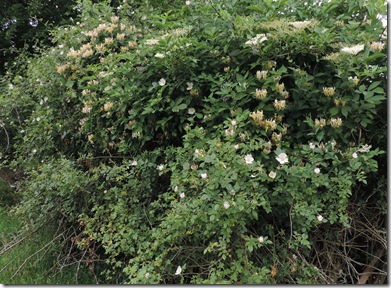
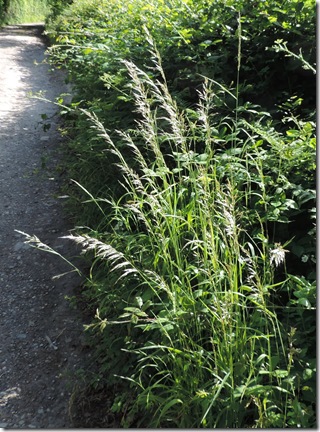
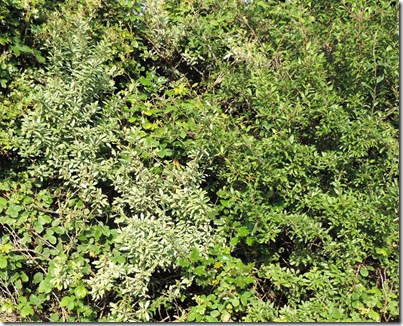
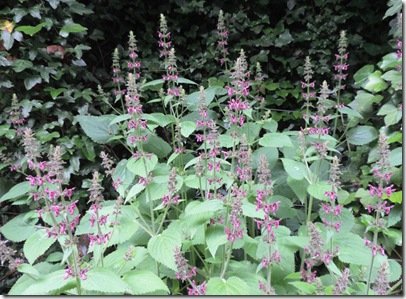
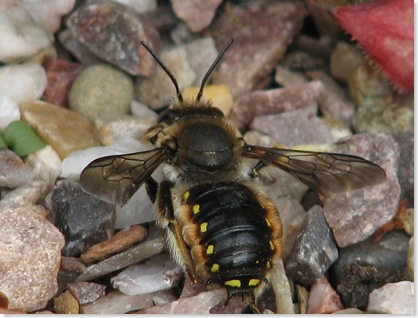
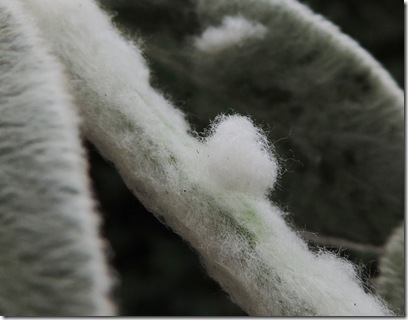
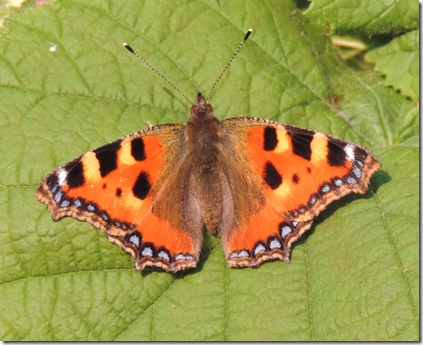
No comments:
Post a Comment